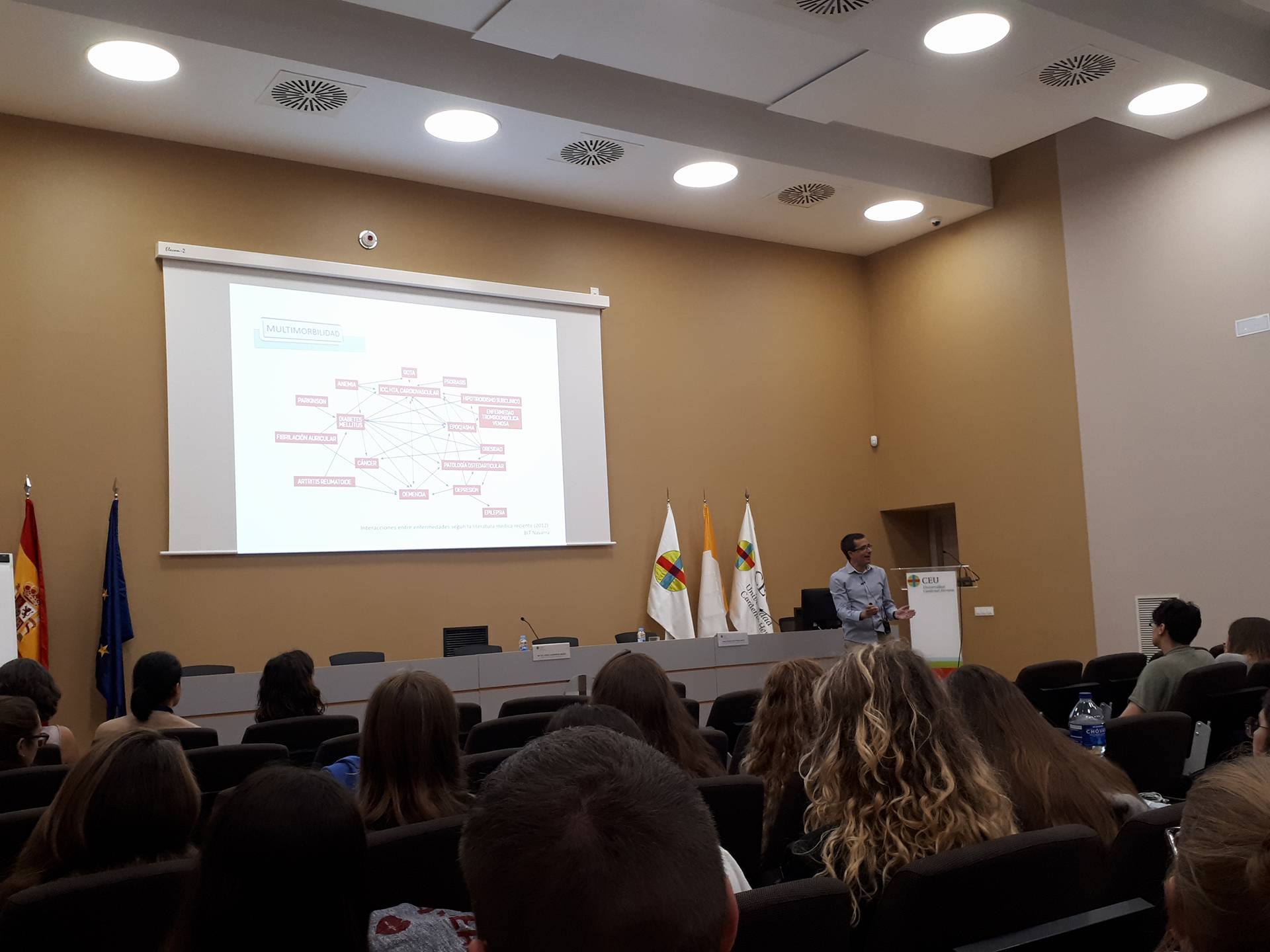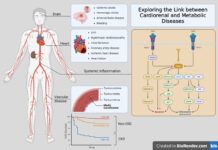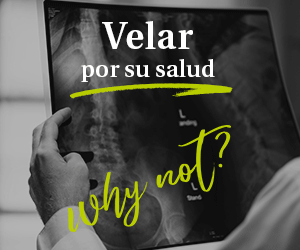In our university, all the lectures and practical lessons we have learned will not be enough unless we understand real cases with real patients. It is even more important in Health Science degrees – that is why we have ‘On Wednesdays…we talk about health’. This is a series of sessions organized by our faculty in order to strengthen students understanding about a specific disease or health concept studied in theoretical lessons.
Last topic was the therapeutic approach to fragile patients. We were happy to meet Mr Juan F. Peris, a CEU Alumni, who finished his PhD here 26 years ago. He told us about the difficulties in receiving chronic patients, in more details, dependence patients and old population.
 The overview of 1st category patients
The overview of 1st category patients
Present data have shown that the elderly population (or so-called 1st category patients) in 2050 will double from 2010, which is going to represent 10% (more than 80 years old) and 30% (from 60 to 80 years old) of the world’s population. As people get older, diseases will appear, and normally the appearance of the first leads to what we call poly-pathology. All of these diseases are known as chronic diseases, which remain and progress during a long period of time and slowly decrease life quality. The intensity of it can be from morbidity, co-morbidity, fragility, disability and finally, death. Moreover, 80% of hospital bills are based on these dynamic diseases.
Why is it hard to heal chronic diseases?
There are 3 main reasons.
| The multimorbidity | The polymedication | The complexity | |
| Definition | When the patient presents 2 or more diseases at the same time. | When the patient has to take more than 5 medications at the same time | When doctors and pharmacists cannot apply the Clinical guidance to the patient. |
| Consequences | Greater mortality rate Association with cardiometabolic, mental and musculoskeletal diseases | Higher demand of medications The combination of more curing methods | Very hard to make decisions as it is not a fixed healing procedure |
In overall, it´s not possible to treat each disease separately.
Focusing on the patients
As Voltaire said: “The art of medicine consists of amusing the patient while nature cures the disease”, so instead of just making the healing part the central point, Juan and his colleagues are making the patient active. At socio-sanitary centres in Valencia, they are using something called Comprehensive geriatric assessment, formed by a list of the deficits that a person could have accumulated during his/her life. Then, the doctors are going to calculate the percentage of suffering, the index of frangibility (IF). The range goes from 0 to 1, meaning that from an index of 0.2 up to 0.7 – is ringing an alarm for your health; more than 0.7 is not a good condition. It is a tool that they are still improving now in order to diagnose statically many chronic patients, thus to perform a change in medicament uses. As you can see, it is both the responsibility of medicine and pharmacy branch.
In the end, Juan showed us an example of an old woman and how to vary her IF by changing the different medicaments.
You know which day we have those talks because there are posters around the building, and the place is the biggest conference room- the assembly hall. I hope that in the future sessions there will be more international students attending as you feel like your Spanish level is good and you have the motivation to come to learn more about the people that you want to cure in 5 years.










